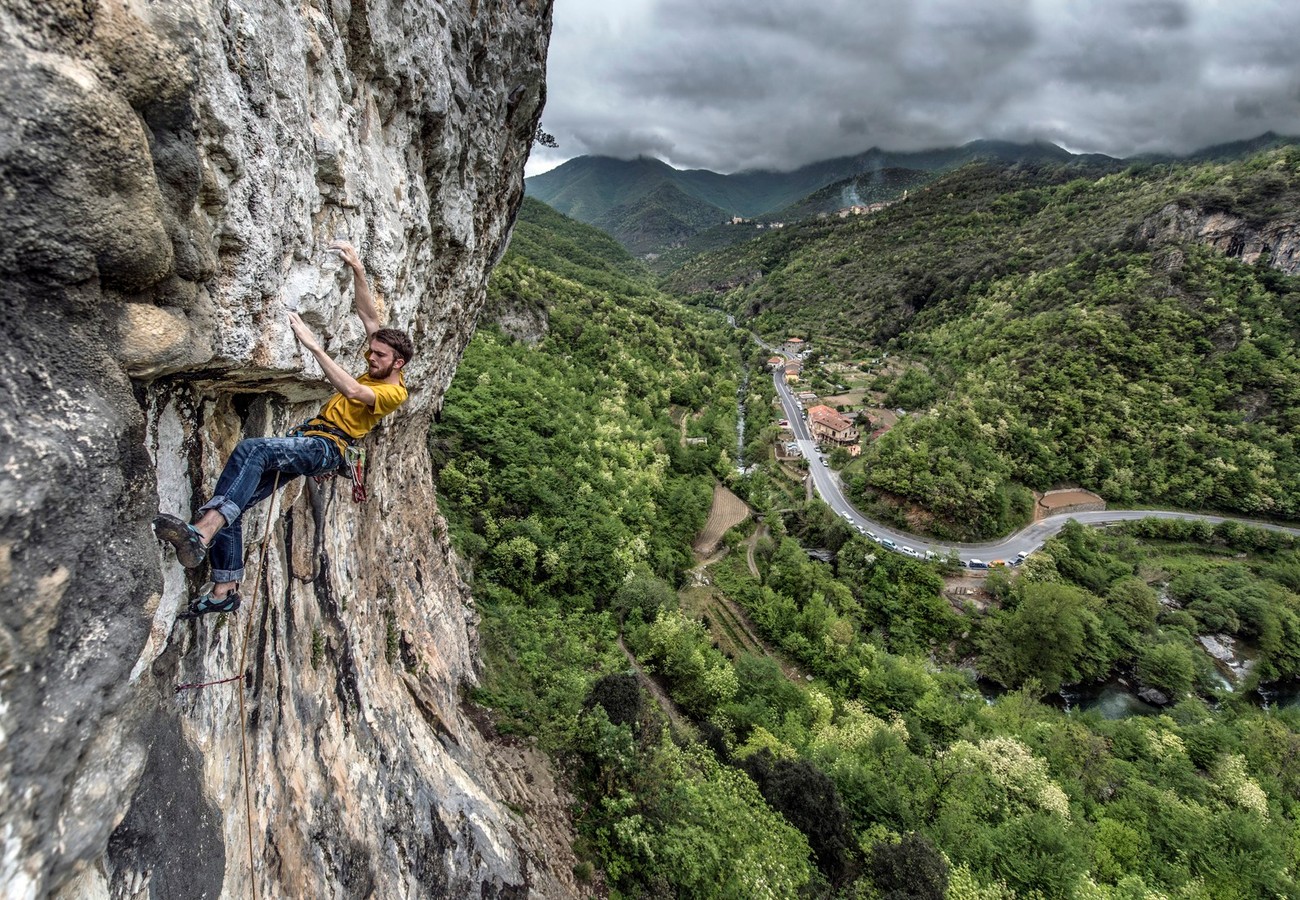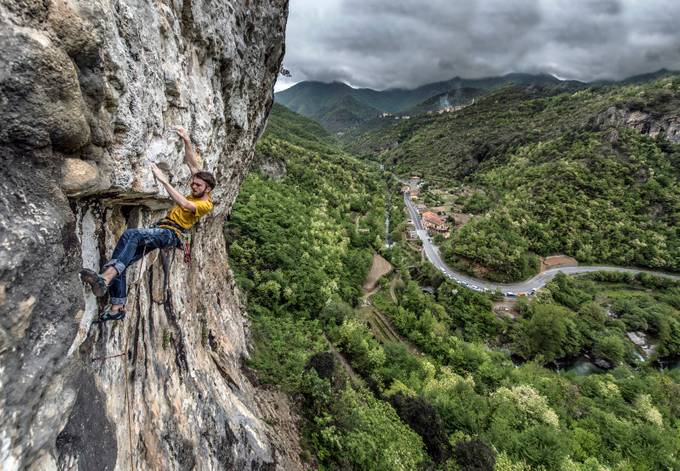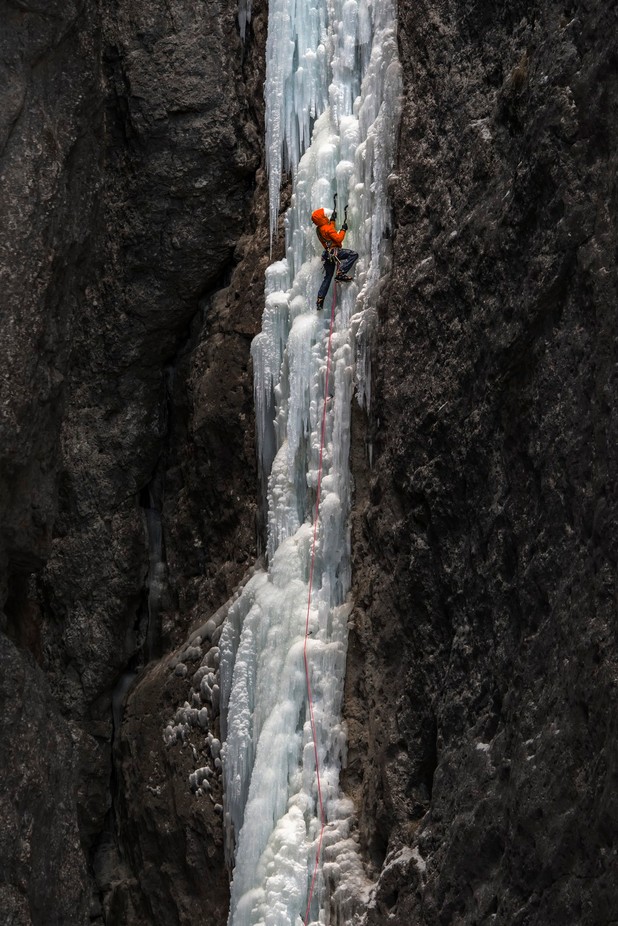ViewBug member JamesRushforth shares 5 of the most important tips on climbing photography. He also completed the new Rockfax climbing guide to the Dolomites, read below and enjoy:
1. Think about perspective.
Climbing shots rarely look good from directly below, particularly when you are too far from the subject to record the intensity of the moment or too close to the rock to capture the surrounding environment. If you can get above or level with the climber you can encapsulate the emotions of the subject along with that all-important sense of height. If you are shooting from the ground experiment with nearby hills and boulders coupled with a large lens, or try a wide-angle to capture the climbers and adjacent scenery.
2. Continuous shooting
Don’t be afraid to fill several SD cards; that’s what they’re for. It often takes many shots before you finally get the one that captures the emotion, movement, and background lighting that you really want. Occasionally you as the photographer might get lucky and your subject may fall off (perfectly safe 99.9% of the time) and you don’t want to miss that look on their face.
3. Fashion sense
It may sound contrived, but the subject’s clothing is important, particularly with regards to bright colors. Blacks, browns, and pastel colors generally blend in remarkably well to the surrounding rock, whereas a good vibrant t-shirt or jacket will really help to make the subject stand out from the surrounding scenery.
4. Freeze the motion
Blurred hands and feet generally don’t contribute in a positive way to a climbing shot unless you want to capture the movement of climber mid-fall or attempting to dyno (jumping for a hold). Use a fast enough shutter speed (which will vary depending on your focal length) to freeze the motion and keep the subject sharp.
5. Don’t be afraid to get creative
Just like all other aspects of photography, don’t be afraid to get creative and try something a little different and off the wall (pun intended). Close-ups of fingers crimping hard, chalk being blown off hold, and tendons straining all tell a story.
Follow JamesRushforth to see more climbing images.







